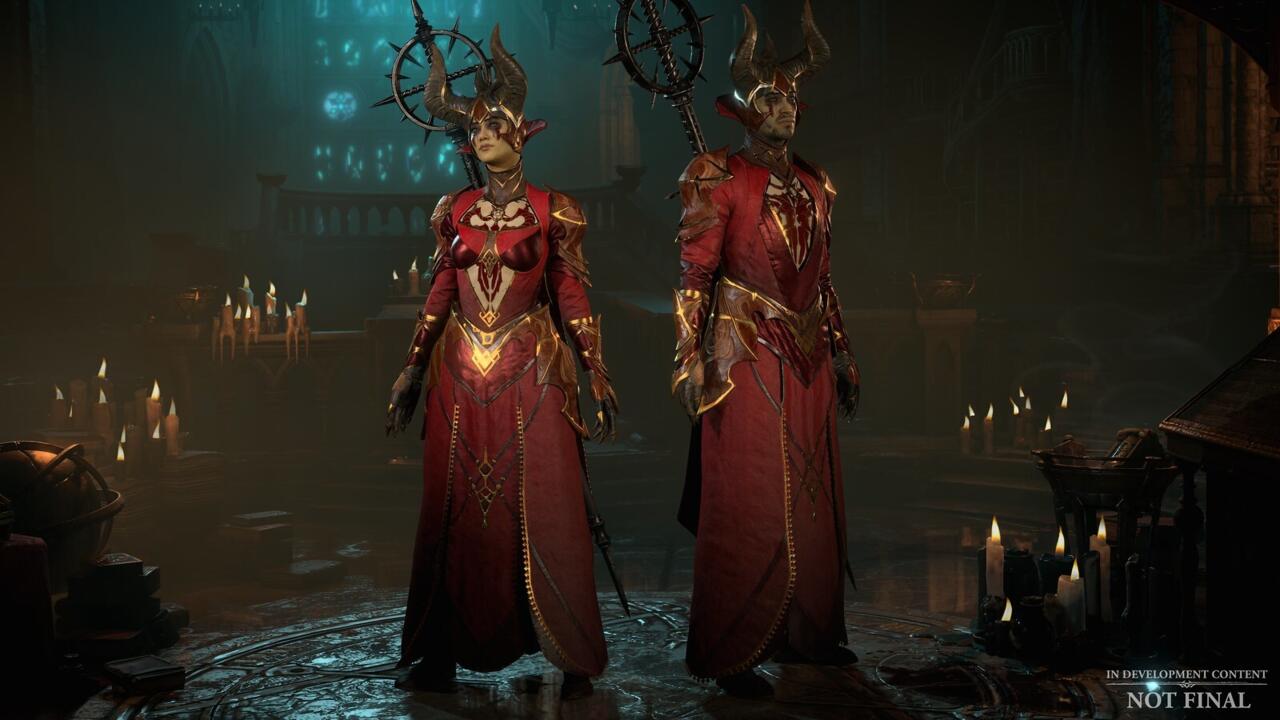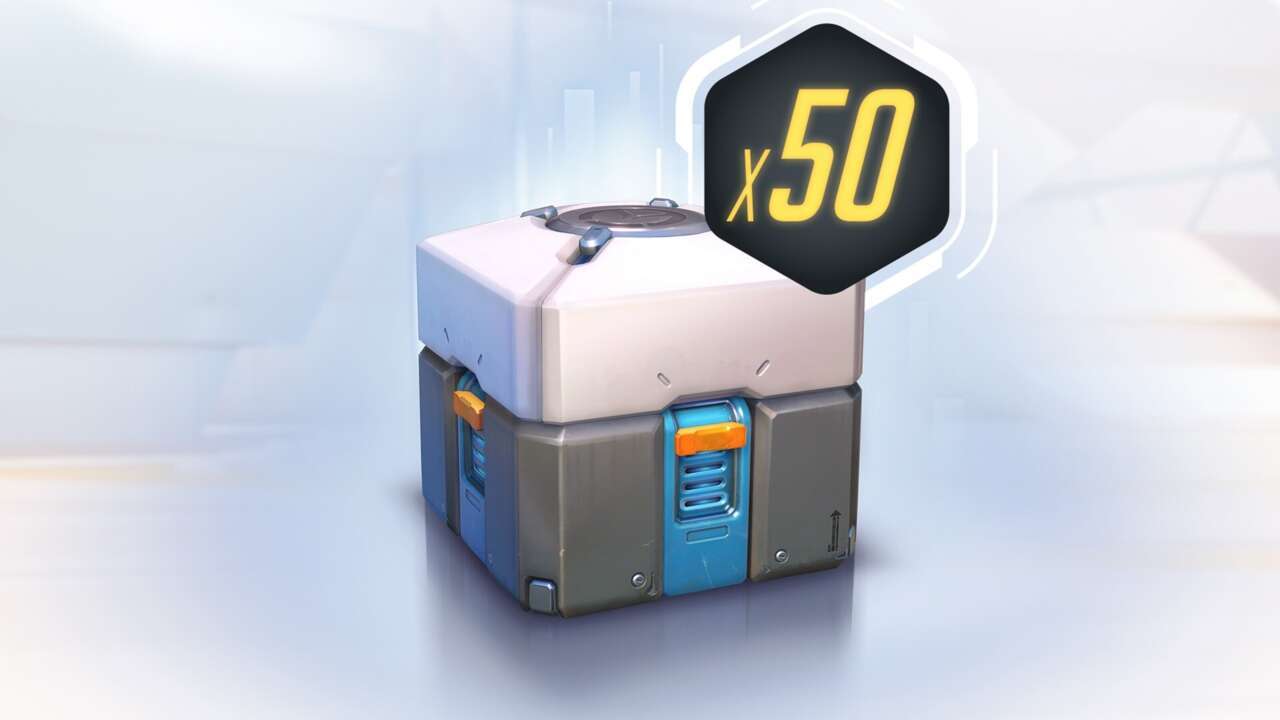Diablo 4 Is Another Example Of Microtransaction Misery, But The Alternative Might Be Worse
An uproar over Diablo IV's $20 skins has some players questioning how exactly we got here--but it's unclear if there's any real alternative.
Microtransactions have been a significant and accepted part of gaming for well over a decade, but every now and then players will encounter something that makes their hair stand on end. The recently released mega-hit Diablo IV served as the catalyst for this most recent MTX controversy, as players went online to complain about high prices for the game's cosmetic loot. But though we may huff and puff about battle passes and $20 suits of armor all we want--because it really does seem that every major game has to be stuffed to the gills with extra revenue streams these days--it's not clear if there's an alternative we can boost as a better option.
To be fair, I think players have a right to be upset here. By all accounts, Diablo IV is a great game, more than earning its premium $70 price point through its in-depth loot systems and compulsive gameplay loop. The fact that the game then has an in-game shop that prompts you to spend 2500 Platinum (or $20) on the "Triune Apostate" armor is a crude reminder of the secondary purchases that have become increasingly unavoidable in today's video game market. Want a shinier mount? You can earn some through play, but if you want all of them to choose from, that'll run you $8 apiece.
One fan calculated that the game's current cosmetics would run you $357 to net everything, a figure that somehow seems low by current standards. And all this precedes the rollout of the game's battle pass model, which will be the real test of how much content Diablo IV will lock behind a recurring real-money payment. In 2006, Oblivion's $2 Horse Armor DLC was an internet meme, a cheap joke at the expense of those who would throw away their money for something so trifling. Today, Diablo's skins are 10 times that price, and many players just accept it as a normal part of AAA gaming. After all, what can we really do about it?
Recently, one Diablo fan joked: When do we stop calling them microtransactions? Maybe we should call them macrotransactions instead. Even back in 2006, $2 could buy you a fancy cup of coffee or a few packs of chewing gum. For $20 today, I could buy a recent stellar indie game, like The Case Of The Golden Idol, at full price or several excellent indie games if I wait for a sale. This is hardly a problem unique to Diablo IV, as a number of recent big titles have featured premium prices for their cosmetics in what feels suspiciously like a feeling-out process for the rest of the market. Even still, while fans have been complaining about the price of Valorant's cosmetics for years--$292 for a fully upgraded set, anyone?--at least that's a free-to-play game that didn't ask you for $70 to get your foot in the door.

It wasn't always this way. Back in 2017, fans put EA through the wringer after they discovered that Star Wars Battlefront 2's loot box system could give players substantial gameplay buffs, essentially trading real money for a competitive advantage. That dust-up concluded with EA disabling the game's microtransactions, which caused the company's stock price to tank in the short-term.
While this might have felt like just another AAA gaming controversy at the time, I personally feel that it's had a huge lasting impact on the industry at large. It established a bright line: In competitive console/PC games, what developers must solely offer to those with extra cash are cosmetics only, or fans will revolt en masse. And though Call Of Duty: Warzone recently flirted with giving players extra abilities through paid skins, that's very much the exception to the usual rule. To game companies, the compromise seems to be something like this: Sure, we'll stick to cosmetic items, but we'll keep increasing the price of those skins as much as we can. What's more, we'll use the ingenious battle pass model to give you free items, all the while showing you the cool stuff you could have if you threw a few more bucks our way.
You don't have to be a behavioral psychologist to see that the battle pass is designed to engender FOMO and a sunk-cost mentality among a game's hardcore playerbase. (It's worth noting that Halo Infinite's non-timed battle pass tried to avoid the FOMO, but has yet to catch on as an alternative.) But as icky as it may seem at times, it's perhaps better than the model it replaced, the dreaded loot box. I've never been one to spend money on skins in multiplayer games, but I still remember forking over $15 on loot boxes in the heady days of the original Overwatch to obtain a certain seasonal skin that I wanted on the last day of the event.

The sinking feeling that I got as I opened each in a row, hoping that I wouldn't have to buy yet another slate of boxes to obtain this one skin, was like nothing else that I've ever experienced in my decade-plus of playing online games. And, to be honest, I think it's a big part of the reason why I uninstalled Overwatch just a few weeks later.
Today, Overwatch doesn't have loot boxes, of course--it's swapped that model for a battle pass and an in-game store (with high prices that players complain about). This is par for the course. Players joke that it's the one thing that differentiates Overwatch 1 and 2, and it's a jab that hits home. The unfortunate truth is that today's microtransaction hell is the compromise. I would argue that we have seen one alternative, and it was worse in a lot of ways.
It's very easy to imagine a AAA gaming landscape where those with means pay for a competitive advantage, where all pesky notions of game balance are thrown away for the sake of pure profit. In this late capitalist world we live in, perhaps the high prices of optional skins are the tax we have to pay in order to keep that paradigm at bay. There's probably an argument to be made that the MTX purchases made by so-called "whales" with cash to burn help keep the sticker price of games artificially low for the rest of us--after all, even at $70, games are quite cheap these days when you account for inflation. I'm not saying that it's a good state of affairs, but as the late Mark Fisher once wrote, it's difficult to imagine a better one, given the ballooning budgets and constant layoffs of the games industry. As for those of us who don't pay for in-game cosmetics, at least we can freely close the shop tab--for now, that is.
Got a news tip or want to contact us directly? Email news@gamespot.com







Join the conversation